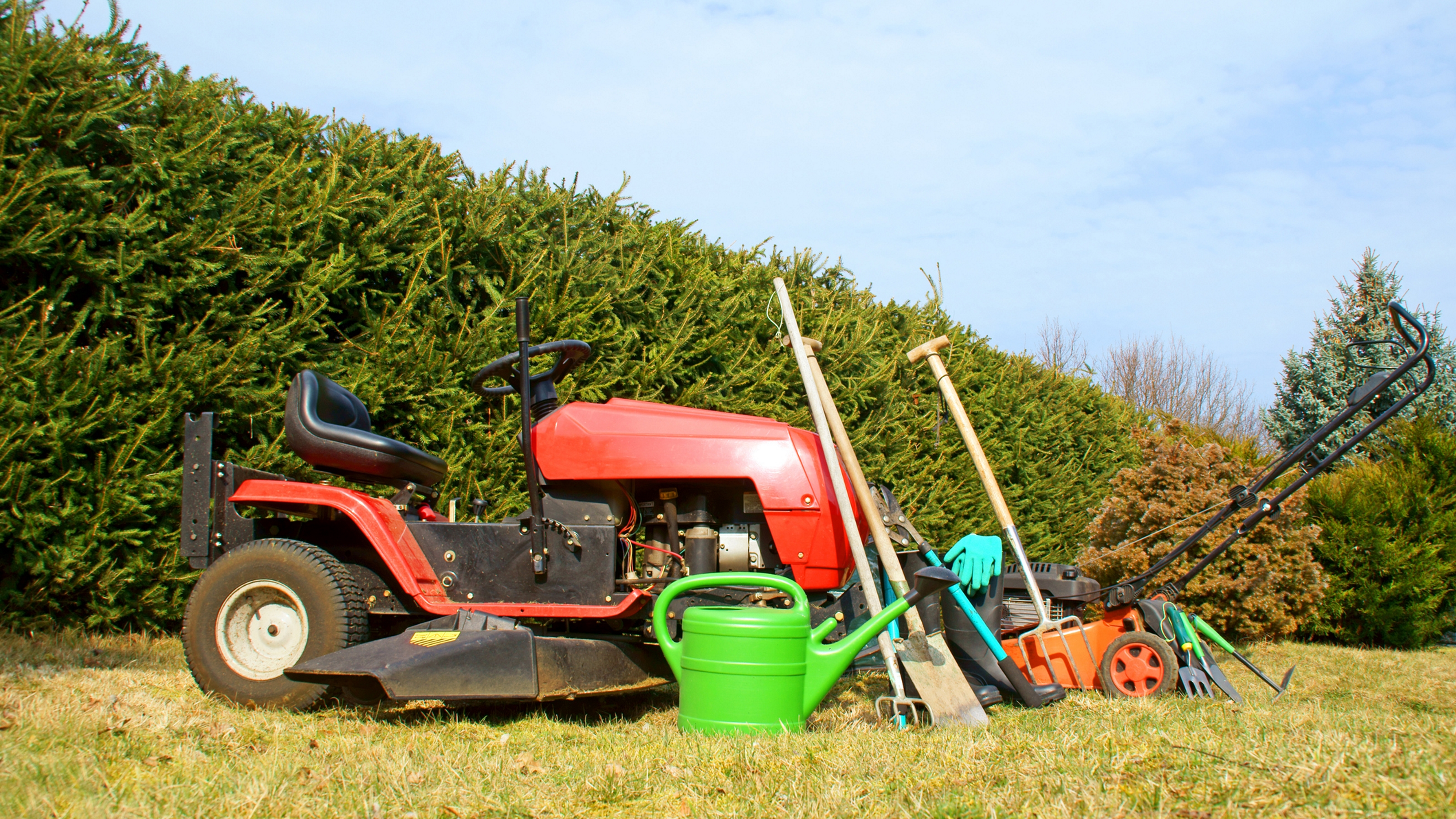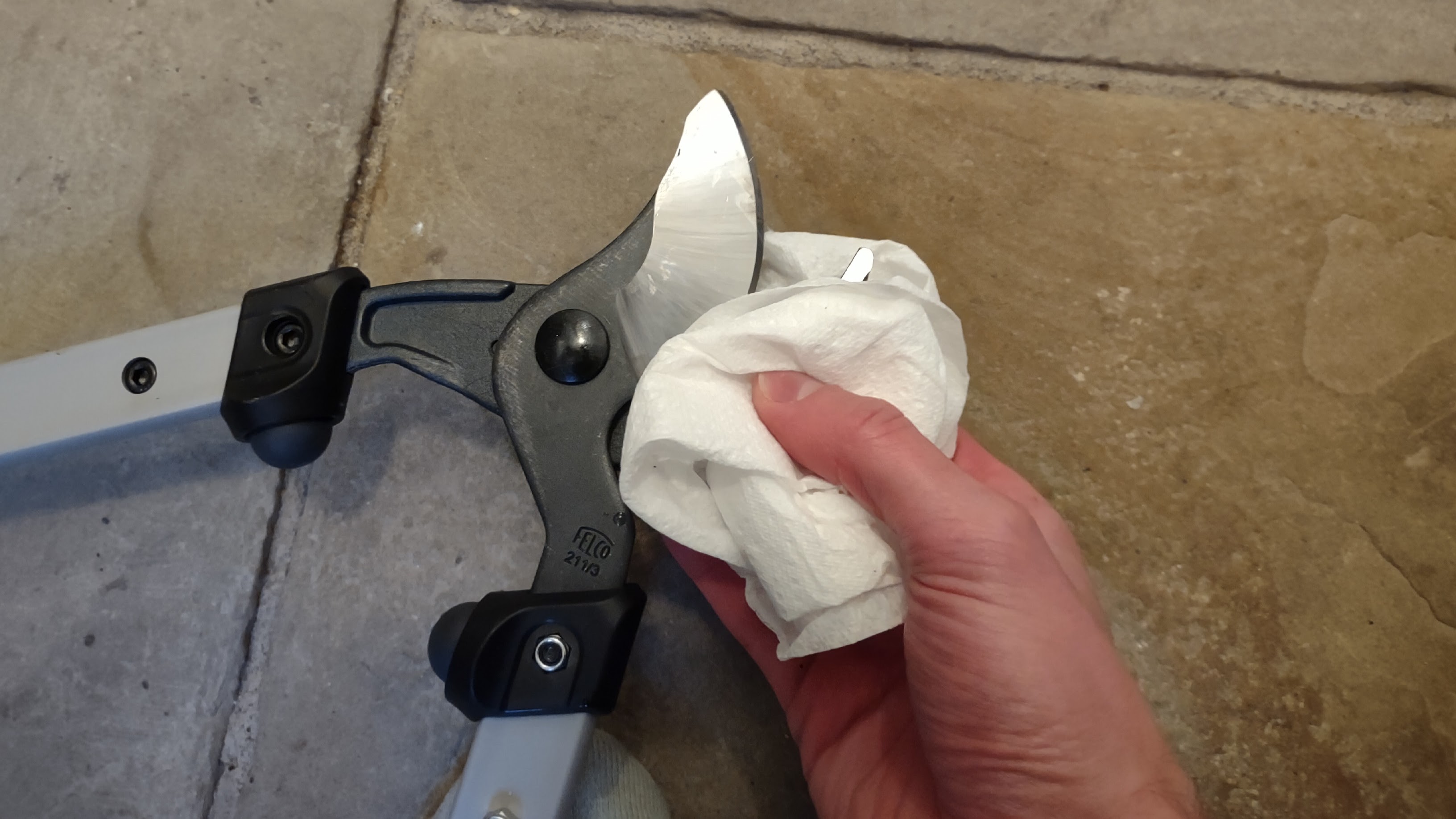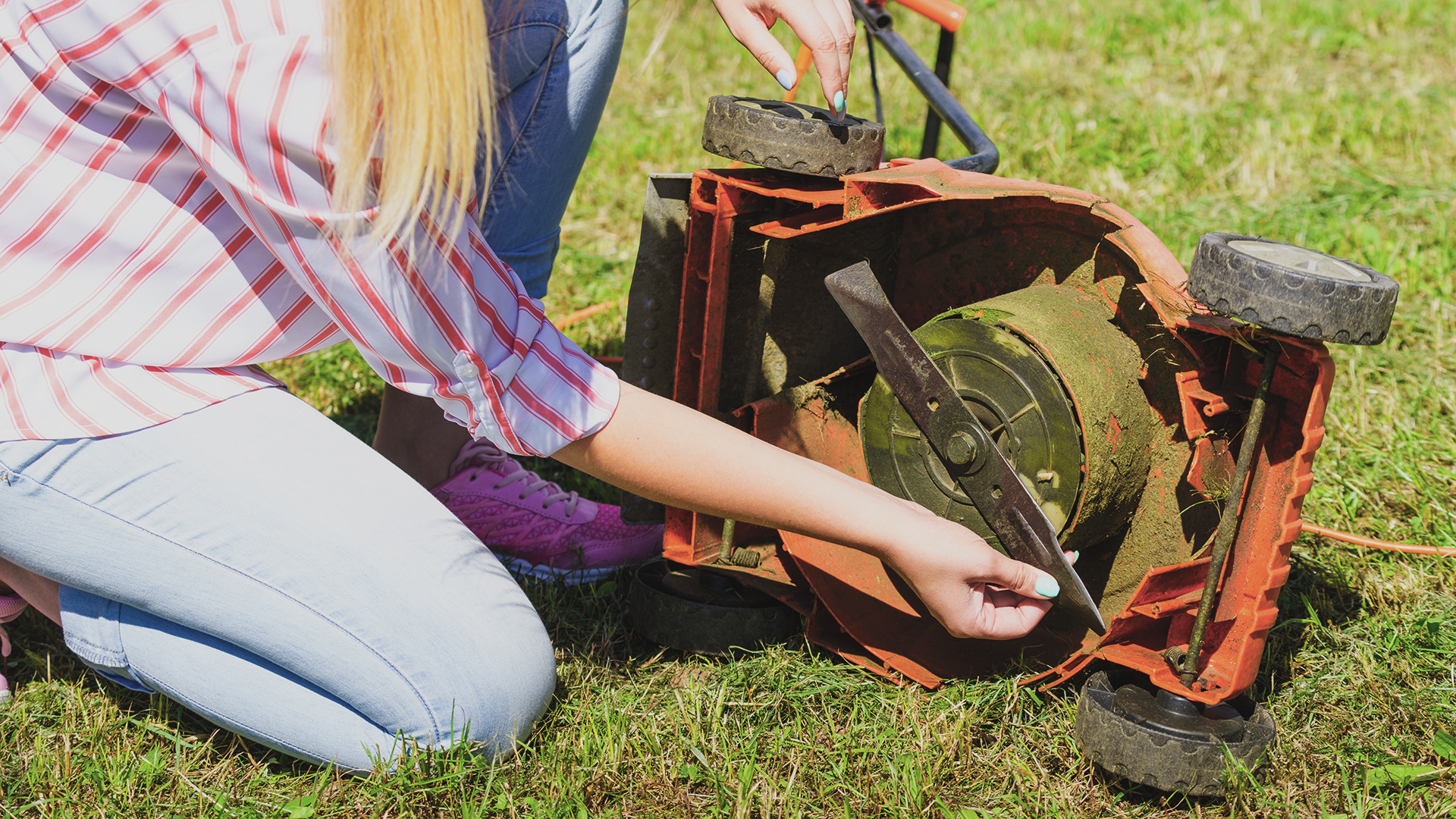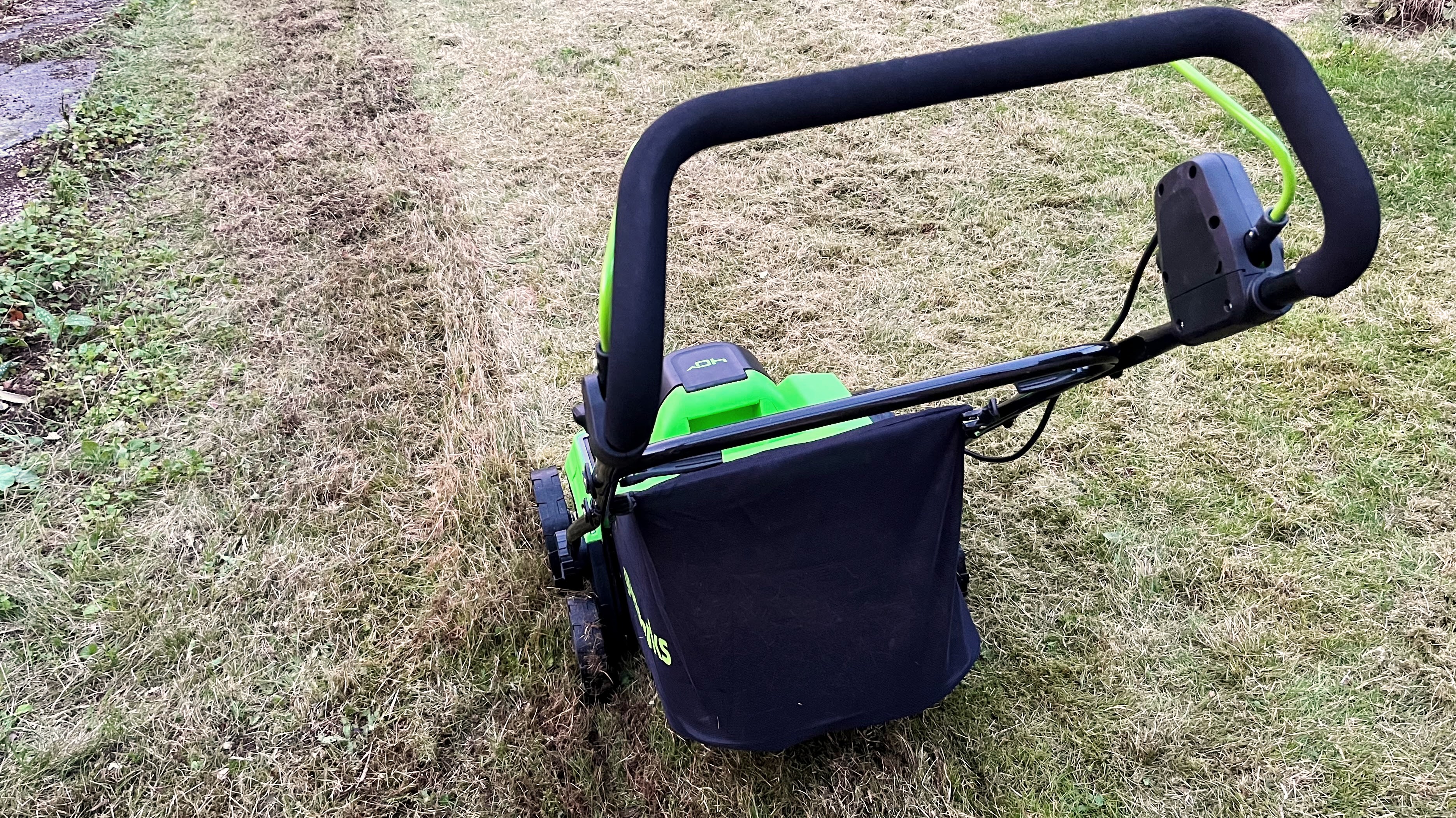
August is the last month of summer with often a searing hot spell of sunshine still on the cards. It’s a critical time for all living things, and while humans (and hopefully, animals as well) can find refuge indoors, your lawn’s left to weather the elements.
Essentially, this time of year is all about restoring the yard from the heat and preparing your lawn for fall with one of the best lawn mowers. Tools such as pruners, and the lawn mower, will also need some level of maintenance so they're clean for use throughout the season.
There's plenty of yard projects to complete in August; 10 in fact. I caught up with the experts to find out what needs to be prioritised in the eighth month of the year.
10 yard projects to complete in August
1. Start planting fall crops
Perhaps you’re surprised to see “planting fall crops” in the leadoff position – especially in August. However, Phil Catron, president and founder of NaturaLawn of America, says August is the perfect time to start this activity. “As the summer heat wanes, many vegetables and herbs thrive in the cooler temperatures of autumn,” he explains, adding this is the ideal time to sow seeds for such crops as beets, carrots, and kale – or to transplant seedlings of hardy greens.
2. Clean and maintain your landscaping tools
Your lawn excursions are only as good as your tools, so make sure you take care of them as well. “Thoroughly clean and sharpen tools like pruners, shears, and lawn mowers to ensure they perform efficiently throughout the season,” advises Catron. He recommends checking for any needed repairs, oiling moving parts, and storing your tools and equipment properly to ensure they last for a long time. “Proper maintenance not only keeps your tools in top condition but will make your yard work more effective,” Catron adds.
A microfibre cloth such as the AIDEA Microfiber Cleaning Cloths-8PK ($6.99 Amazon) will help to remove any mud or sap from pruners and shears, and any dust or stubborn grass clippings from the mower deck.

3. Inspect your lawn mower
Vince Jagodzinski, corporate grounds manager at Stanley Black & Decker, also recommends changing your riding lawn mower’s air filter every 50 operating hours – and in dry, dusty conditions, change it more frequently. “A clean air filter will help you get the best performance out of your mower,” he says, adding that regular oil changes are also critical to keeping the engine in top shape and prolonging the life of your riding lawn mower.
Depending on your region of the country, you may be in a heatwave, and you’ve pressed the pause button on cutting your grass. And, if you have a riding mower, perhaps it’s been stored in your garage or shed for an extended period of time.
However, Jagodzinski tells me that if the riding mower has been sitting idle, you need to remember that last time you put gas in it. If the gas is old, it needs to be removed. “A riding lawn mower with bad gas will not run smoothly, so be sure to dispose of your lawn mower's bad gas properly by taking it to a local waste disposal facility,” he says.

4. Mow at higher heights
You should also consider mowing at higher heights. According to Jagodzinski, mowing at higher heights will help to promote deeper roots – which will reduce the need for water in the heat of summer. “If you notice your lawn mower doesn’t seem to be cutting evenly during the season or find your grass browning after mowing, you’ll want to inspect your mower blades,” he advises. You’ll be looking for signs of excessive wear or damage – like nicks or dents along the blade’s cutting edge. Also, to endure optimal cutting performance, Jagodzinski recommends replacing mower blades once a season.
5. Water weekly
When cool-season grasses turn brown, Catron explains that it's a sign they are conserving energy to survive the summer heat and avoid intense temperatures. “During this period, it's beneficial to implement a weekly watering schedule, and applying just a quarter-inch of water can significantly boost root resilience, aiding the lawn in enduring the season,” he says.
Gene Caballero, co-founder of GreenPal in Nashville, TN, agrees that consistent watering is crucial for grass (and plants) to keep them from drying out. “Make sure to water early in the morning to minimize evaporation and fungal growth,” he advises.
6. Aerate and seed
To help your lawn recover from summer stress, Catron says aerating and seeding are essential. “Aeration loosens compacted soil, increases oxygen flow to the roots, and improves moisture absorption,” he says. “Using specialized equipment, core aeration removes plugs of soil, which then decompose on the lawn, reducing thatch buildup and further alleviating soil compaction.”
One of the perfect tools to help with this is something like the Greenworks 14in Cordless Dethatcher and Scarifier which will remove thatch and aerate the soil.
And if there are bare patches in your lawn, Catron recommends overseeing in the fall as this is the best chance for new grass to establish. “Lightly working the seed into loosened soil and ensuring consistent moisture levels are vital for successful germination,” he says.

7. Fertilize
If you apply a light application of fertilizer, Caballero says it can help your lawn recover from the summer heat and prepare for the fall.
Catron agrees that August is an opportune time. “When you apply fertilizers this month, it will supply essential nutrients and soil conditioners to help the lawn recover from summer stress,” he says. Even though the grass may appear brown, Catron explains that significant activity is occurring in the soil beneath. “The application of these nutrients will aid the lawn's recovery as cooler temperatures and increased rainfall arrive and is key during this transitional period,” he says.
8. Remove weeds and prune
Weeding should be done on a regular basis (including in August). If not, Caballero warns that weeds will take over your garden and rob plants of essential nutrients and water. “Deadheading flowers and trimming bushes will encourage new growth and enhance plant health,” he says.
9. Remove debris
As August progresses, Catron says this is a good time to start clearing leaves and debris from your yard. “While full leaf drop is still a few weeks away, removing the early fall accumulation helps prevent potential issues with mold and pests,” he says. If you regularly clear these leaves away, Catron explains that it keeps your lawn healthy and preps your garden for the upcoming seasonal changes.
And you should pay attention to more than just your leaves. While trees provide shade and reduce the temperature during hot summer months, Jagodzinski says you don’t want dead limbs in the dead of summer. “Removing any dead or diseased tree limbs will improve your trees’ health and prevent branches from falling on your home during summer storms,” he explains.
10. Keep an eye out for pests
This is also a good time to keep an eye out for pests. “Address infestations promptly with eco-friendly solutions to prevent spread,” advises Caballero.
For more ways to prepare the yard during August check out the best outdoor furniture deals to create a sitting space for less and these lawn mower deals to upgrade your mower (if you need) for a discount.







